The message from artists and teachers is clear: creative experiences will be essential to our society's recovery.
Art has been sidelined in the school curriculum. Now more than ever we need to give pupils and teachers opportunities to engage with artists, writes Sarah Bailey.
“The arts have been pushed down in schools, and now we're remembering that they are essential.”
This is the response of one St Helens school teacher as we chat on the 'phone about what the future might hold for arts organisations and artists who work with schools.
It’s a sentiment echoed by other teachers I speak with. After a global experience of sickness, isolation and worry, there is a sense that it is more essential than ever that we make space and time to work together through creative endeavour.
Of course, the cultural sector has continued to reach and respond to children and young people during COVID-19. We've focused on broadcasting content and, where we can, amending our participatory practice for online spaces. We have delivered creative packs to put materials into the hands of those who don't have access to them. We've begun to create more outdoor work.
But what we must think about now is the impact of the pandemic on children, young people, teachers and schools longer-term. What are the implications for our practice? How do we collaborate and show solidarity with our collaborators in education as we move into a new academic year?
I went back to three schools in St Helens (which Heart of Glass artists had worked with previously) to understand their experiences of lock-down, and begin to imagine how we might work together from September.
Over the last couple of years, Heart of Glass has experimented with a residency model for their schools' programme. They have favoured this longer-term process to create time for artists, children and teachers to develop relationships and produce collaborative work. Work with artists such as Mark Storor, Cathy Cross and Andy Field has explored what it means to be civilised, created imaginative spaces and re-imagined the world. Andy's project, exploring children's capacity to make change happen, was made accessible online at the beginning of the pandemic.
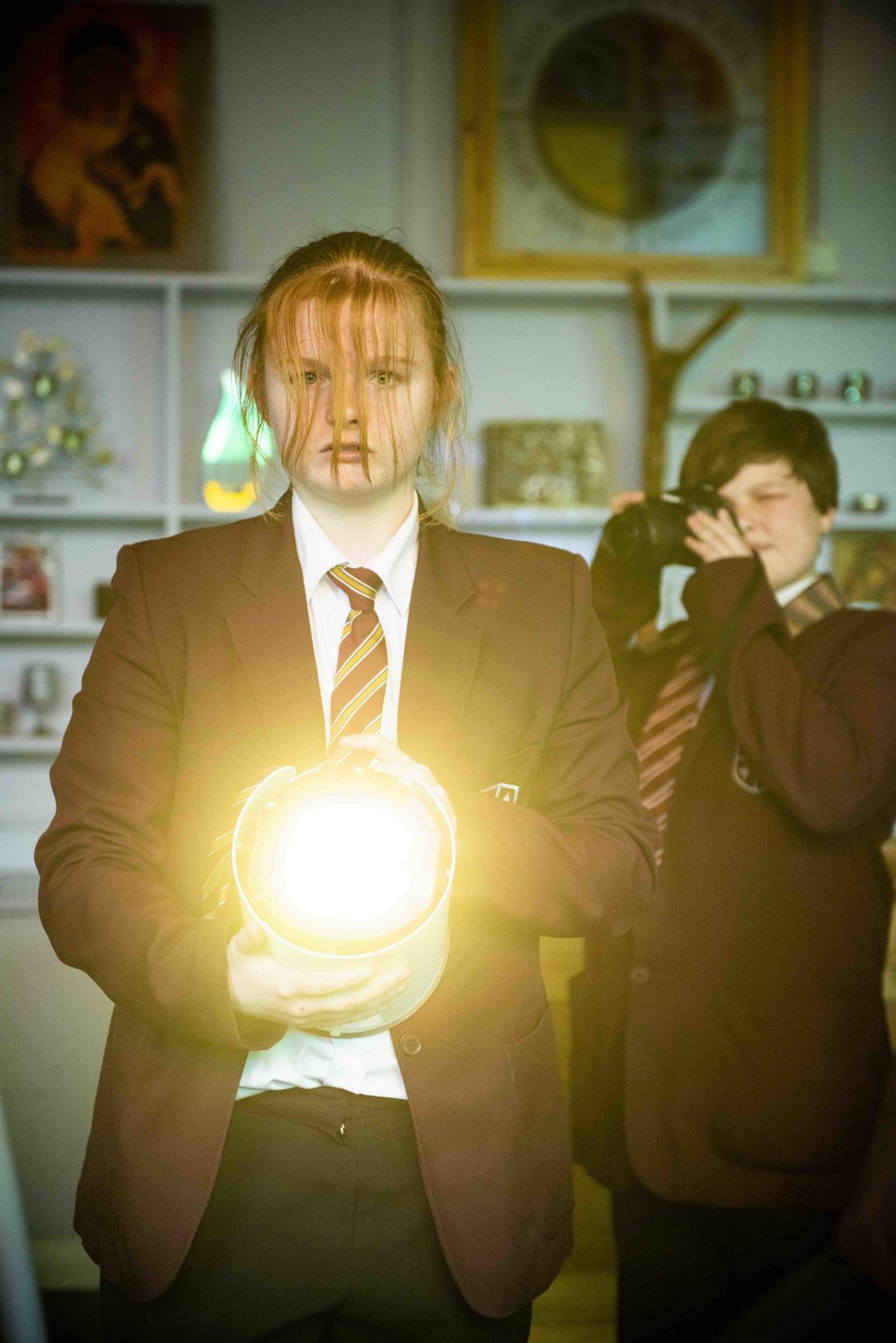
School life during lock-down
At the height of the crisis, the primary school partner focussed on supporting children in their community as much as possible. In some cases, this included making sure families had enough to eat. Whilst some children got used to connecting remotely, others did not have digital access. Teachers were working with those families via text where possible. There were additional barriers if parents found literacy challenging.
The secondary school identified that some of their young people were able to engage remotely, and that they delivered laptops to those that needed them where possible. They saw engagement improve over time. They also distributed food to families who experienced increased poverty due to the pandemic. They were primarily concerned about the emotional welfare of their students.
A local special school was unable to observe social distancing guidelines due to the needs of their children and young people. It's a large school with a diverse student population. They are anticipating that the capacity and resilience parents had to support their children's needs will be varied, and that this will be particularly apparent in terms of the personalised support that their students will need when they return in autumn.
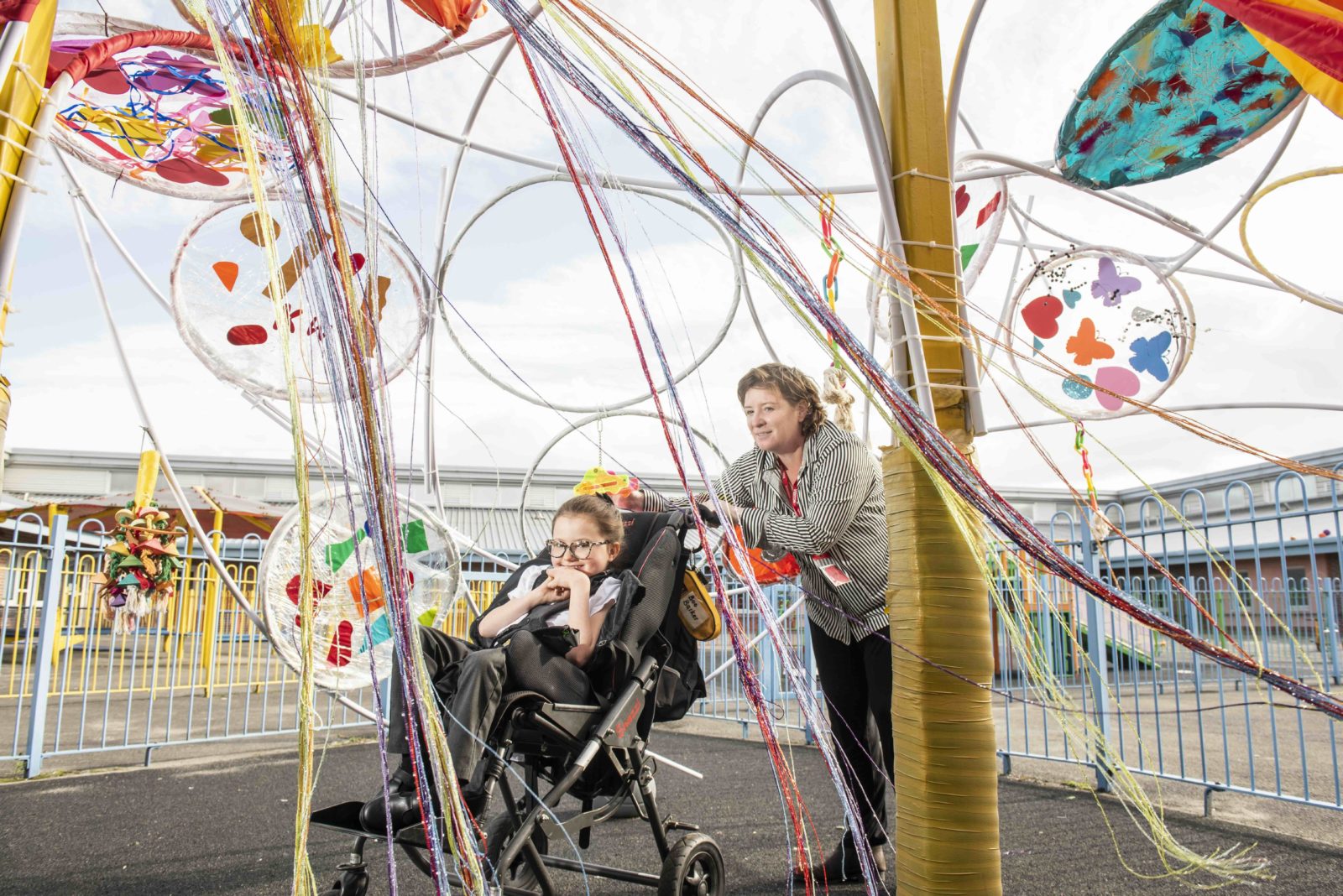
Back to school
As we look ahead to a fragmented return to school, all of the teachers expressed concern about student wellbeing. In the primary school, the teacher talked about the importance of children learning skills to help themselves beyond this period. They will focus on rebuilding relationships and developing resilience. The teacher identified that children will need activity that creates a sense of 'I can do this.' She reflected that the work of artists such as Andy Field encouraged children's sense of agency and opportunities for them to consider how they could make change independently. Further, she identified that practice such as Cathy Cross's work on creating safe spaces with children could be vital in the new term. She is concerned that those children who struggle to engage in normal circumstances will be overwhelmed by this period and the transition back to school. She identified that they will need a gentle approach over time, in order to readjust and express their experiences.
The teacher from the special school identified the need to support physical transitions as students return, particularly for children who might have developed additional anxieties about leaving the house. She also had particular thoughts about the pace of a school day, and suggested that children will need more time to process on their return. This might be supported by fewer, longer sessions with increased time out spaces. There was a clear directive in this setting that supporting children and young people to strengthen their sense of self will be vital as they come back to school. Contemplating her own experiences of the pandemic, she identified that working with an artist would also be beneficial for staff during the return to school: “Staff have had a hard-time, and working with an artist will help us all to reflect.”
The secondary school teacher also emphasised the need to focus on the emotional health of young people: “I want to know they're ok. If we can get that right, everything else will follow.” Whilst there were initial anxieties about young people needing to catch-up, the school is now meeting this challenge with their own version of a recovery curriculum that will support young people to reconnect & strengthen their resilience. In terms of working with artists beyond this period, the teacher was clear that she would prioritise time for young people to reflect on their pandemic experiences directly. She wants to create open dialogue with them. In her particular context, she referenced the importance of this for young people with Special Educational Needs and Disabilities, and those who are care experienced.
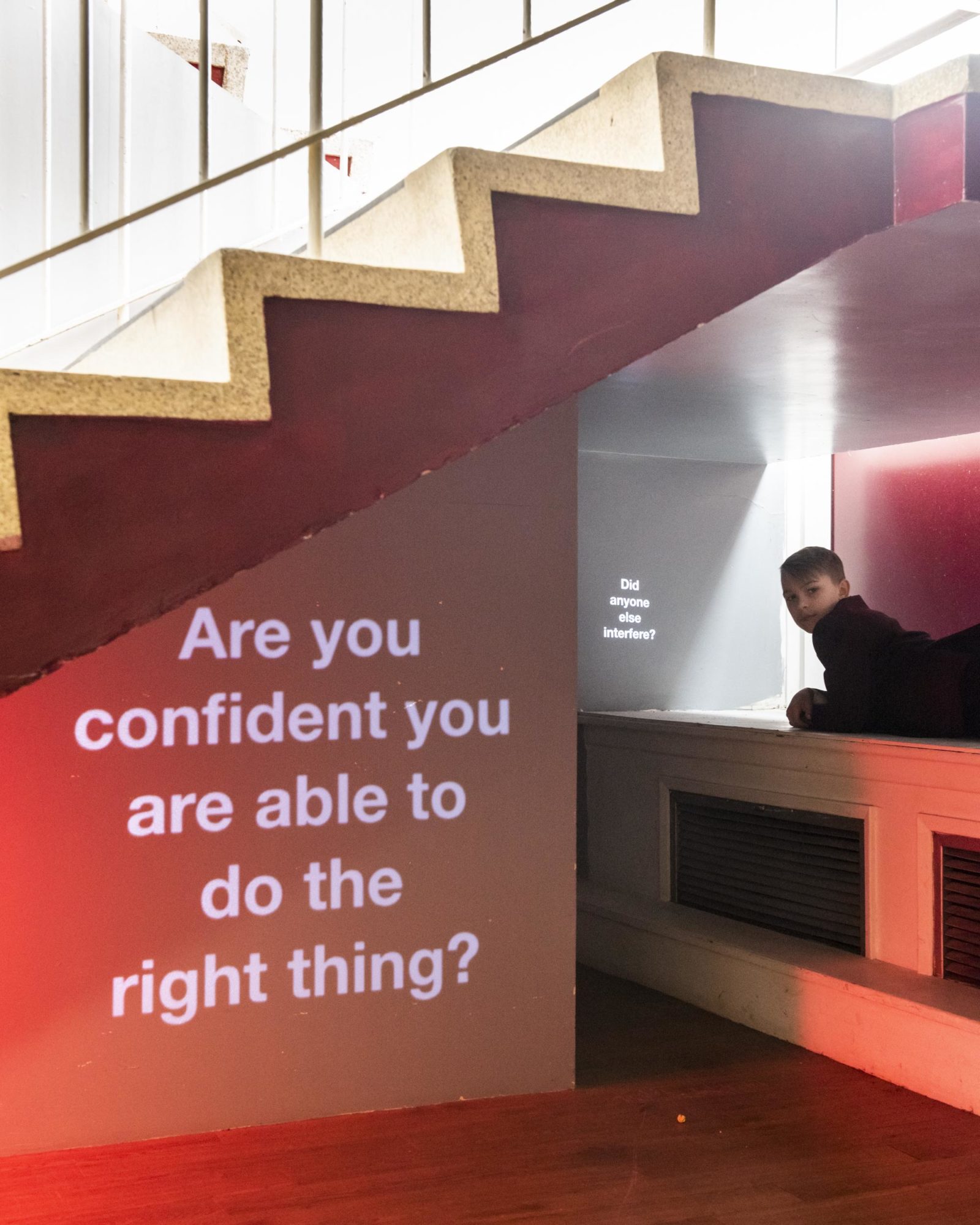
An artist's response
Andy Field and Cathy Cross are experienced artists who have worked with children and schools for a number of years. They are thinking deeply about how they can work sensitively in light of the pandemic. Andy reflected that we may not understand the impact of the pandemic on our children for years. He believes that we will need to re-emphasise the need to give our children and teachers sufficient time and attention within an artistic process.
Similarly, Cathy talked about approaching the new school year as a series of transitions for young people. She referenced Reggio Emilia's Hundred Languages of Children and a need to consider different ways of listening. She wants us to offer different ways to open up an imaginative conversation with children, families and teachers.
Both artists identified that a residency model continues to be their preferred approach, and that the continuity this creates will be even more important during the transition after the pandemic. They identified that residencies allow everyone in the partnership time to generate ideas together, as well as time to create a high quality product. This would require careful planning due to timetables, particularly in a secondary school context.
They both felt that shorter, workshop focused activity favoured by some institutions (for example, a weekly or one-off session) was challenging, particularly in relation to artistic quality. Andy talked about group dynamic being more difficult to establish in this model and that shifting in and out each week limited his opportunity to create continuity of artistic practice. Cathy went on to say that a residency created an opportunity to contribute “to the school community rather than just a lesson.”
Colleagues at Heart of Glass, schools and the wider arts sector are approaching their work with empathy after what has been a particularly challenging time for formal education. We need work that allows us to make meaning and sense; to achieve something collectively; and to experience wonder. As we concluded our reflections, one teacher commented that we need to accept the diverse experiences of the pandemic for each child and family. She wants us to remember that not all children have had “a lovely time baking banana bread.”
The message from artists and teachers is clear: creative experiences will be essential to our society's recovery. Giving artists space to work sensitively and in depth with schools and their children will make all the difference.
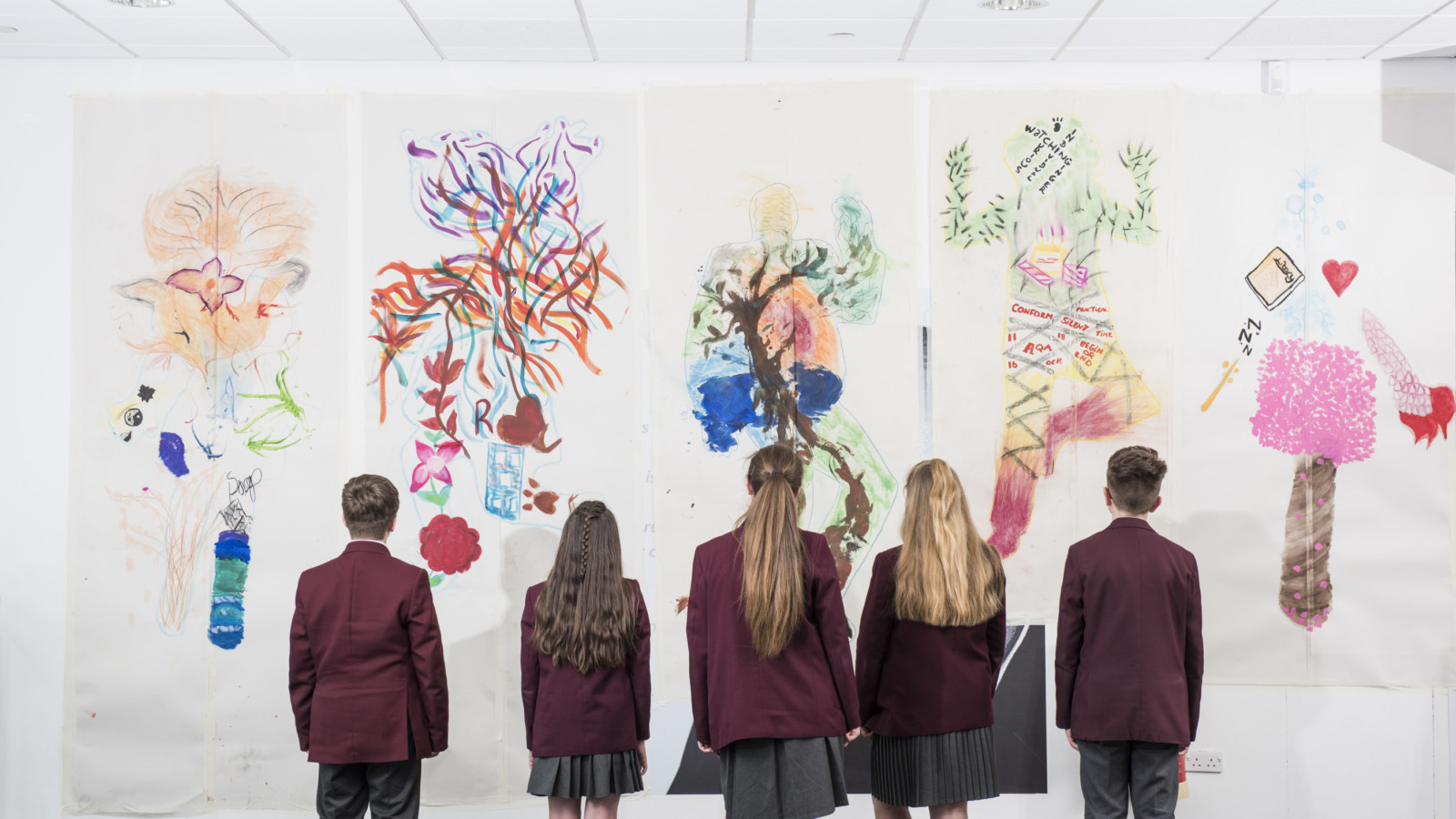
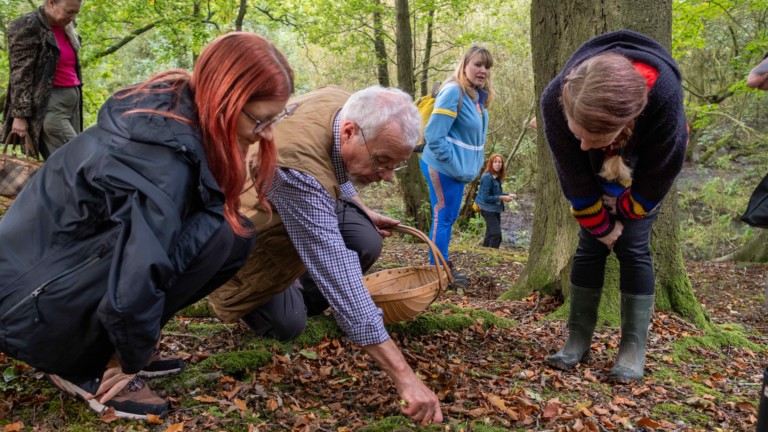
 News
News Short Read
Short Read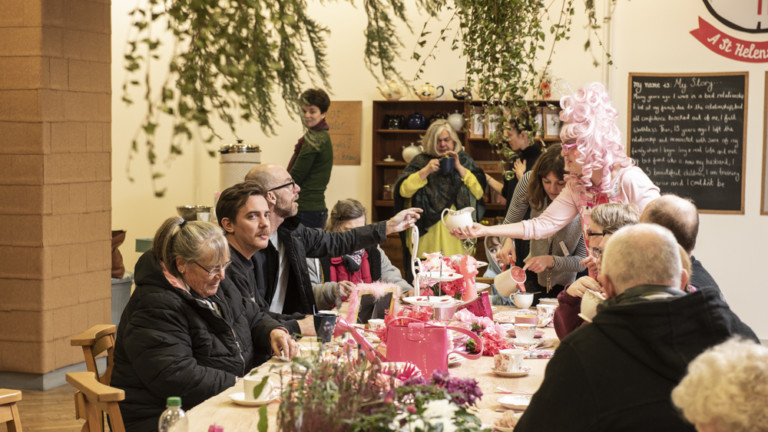
 Thought
Thought